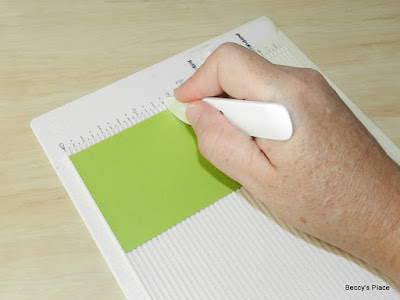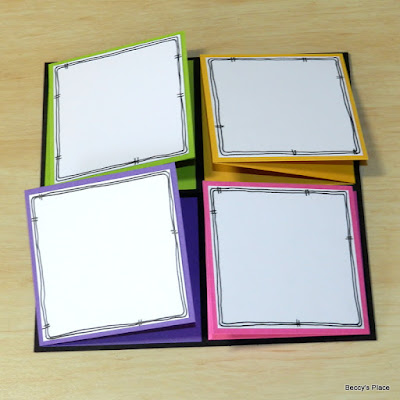Today I want to share the technique I use when blending two different colours together, in this case, a blue and a green. The technique would be similar for most other colour combinations, but always do a test run before starting on the final piece.
Start by stamping your image on a suitable piece of cardstock with the appropriate ink. I'm colouring with alcohol markers so I've chosen a piece of blending card and a water-based ink pad, which is light in colour for a "no-line" result.
I'm using four shades of green and five shades of blue to colour the little pterodactyl, as well as the 0 blending pen. I'll also add some pink and yellow to his hat and streamer for a bit of contrast.
Start by mapping out the colours. I want him to have a green beak, stomach and tops of his wings, so that's where I'm adding my lightest shade of green. Then I colour the rest of his body with the lightest shade of blue, overlapping and blending the colours where they touch.
Come back in with the lightest green to blend the colours a little more. It's important to use colours that are around the same shade and intensity rather than one really dark and one really light.
(In cases where you want to mix a light and a dark, you'll need to bring them both to about the same tone - but that's for another tutorial).
Add the darkest green to the shadow areas of the image, keeping it in the "green places". Blend the shadows out with the remaining markers until you come back to the original colour.
Now repeat the process with the blue areas. Again, you'll want your darker blue markers to be around the same tones as your green ones as they will need to blend together where the colours meet. For example, under the wing and around the bottom of the belly.
You can blend the dark blues with the dark greens, or the medium blues with the medium greens. If you're using alcohol based markers, be careful not to blend a colour that is several tones lighter into one that is darker or you'll break up the pigment and end up with a mottled appearance.
Time to colour the rest of your image, starting with the eyes. I'm using two of the greens as well as a fine point black pen for the pupil. Don't forget to add a little spot of bright white to help give life to the eyes.
Some pink and yellow markers add a nice contrast and an extra pop of colour.
Stamps:


































































